(VHQN) - For a long time, the land and people of Quang Nam have been known mainly through the official history books of the Nguyen Dynasty such as “Dai Nam Nhat Thong Chi”, “Dai Nam Thuc Luc”, “Dai Nam Liet Truyen”… and non-official Han-Nom documents. But there is another source of “original documents of original documents” of the official history mentioned above, the Nguyen Dynasty's royal records, which also contain a lot of information about the land and people of Quang.
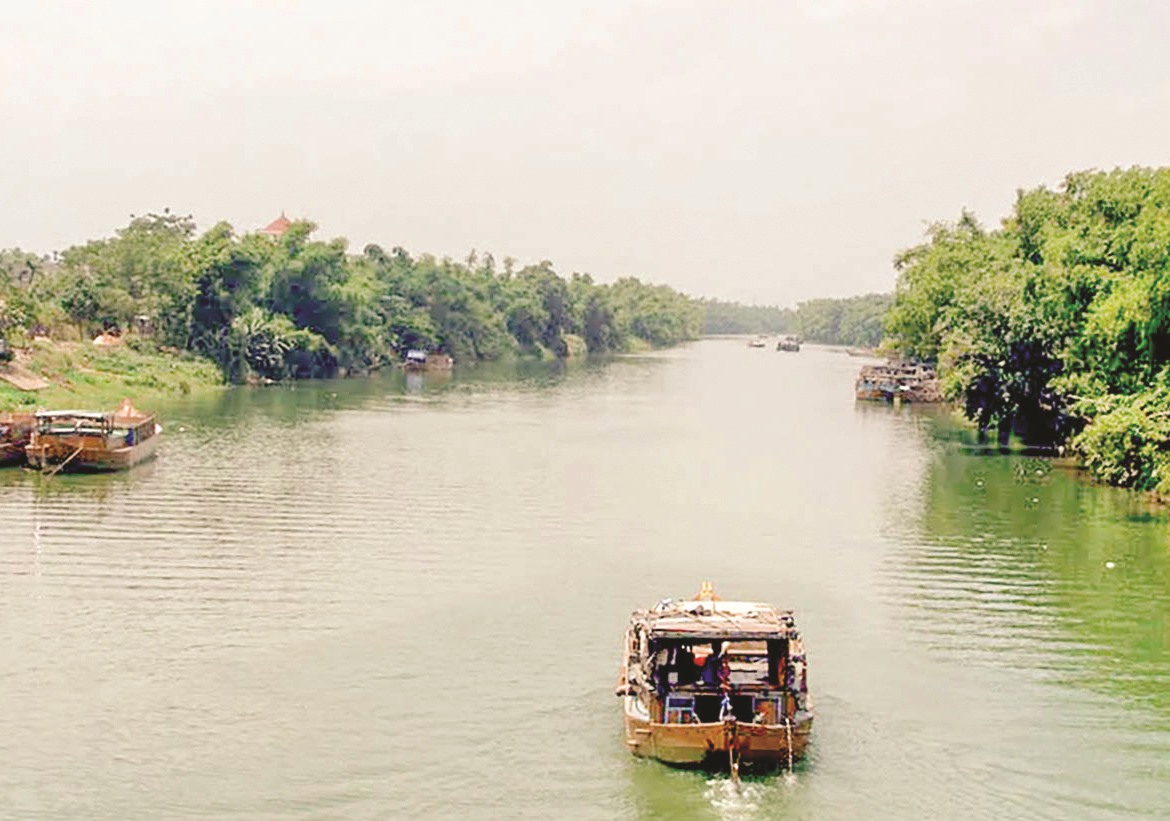
The Emperor's Red Line
The Nguyen Dynasty's royal records are administrative documents of the Nguyen Dynasty, including documents issued by the king, documents submitted by agencies in the government system and approved by the king in vermilion ink, and diplomatic documents.
Under the Nguyen Dynasty, the approval of memorials was regulated in great detail. All memorials and memorials were assigned to the Cabinet. Accordingly, the Cabinet was responsible for approving memorials and notes (a form of document proposing the opinions of the relevant ministry or the Cabinet on how to resolve the matter stated in the memorial chapter, attached for the king to refer to when approving).
The Nguyen Dynasty kings approved documents using vermilion ink, including the following 6 forms: Chau diem is a vermilion dot at the beginning of a document or an issue to show agreement; Chau so is a vermilion stroke directly crossed out on areas that need correction or are not accepted; Chau phe are words, a sentence or a paragraph written by the king, which can be at the beginning, at the end or inserted between lines on a document to express opinions or give instructions;
Chau mat is a red line painted on the disapproved or approved places; Chau cai is a word, sentence, or paragraph written next to the deleted words to correct or express the king's viewpoint; Chau quyen is a red circle marking the name of the approved clause, person, or issue.
The Nguyen Dynasty's royal documents were carefully stored in the royal palace. Later, through different regimes, the royal documents were moved to Da Lat, then to Saigon, and finally stored in Hanoi. The Nguyen Dynasty's royal documents covered all domestic and foreign activities, so they reflected all aspects of life, economy , society, and Vietnamese people.
Quang Nam is mentioned quite a lot in the Nguyen Dynasty's documents, because Quang Nam land is adjacent to the capital, at one stage it was a direct administrative area and Quang Nam had many people who were mandarins and governors in localities across the country.
Quang Nam land
The Nguyen Dynasty's records reflect many aspects of the land and people of Quang Nam. Including the following aspects: population (Report of Nguyen Van Thuan in Phuc Lam village, Thuan Hoa commune, Thang Hoa district respectfully reporting on population declaration);
infrastructure construction (Report of the Mandarin at the Quang Nam Palace on providing salary and money for laborers to repair roads, Report of the Director of the Vinh Dien River dredging project, Truong Van Minh, on requesting to recruit more laborers to dig the river), price management (Report of the Mandarin at the Quang Nam Palace reporting rice prices and weather, Report of the Ministry of Finance on rice prices in Quang Nam province), ship traffic (Report of the Ministry of War on the Da Sach boat entering Tra Son bay, Report of the Mandarin in charge of Dien Hai, Dinh Hai stations, and Da Nang seaport reporting losses of transport ships caught in sea winds);
national defense work (Ministry of War's report on transferring artillery to Hoa Vang military base); personnel appointments (Privacy Institute's report on appointing the positions of Governor General of Nam Ngai and Minister of Rites to Deputy Director General of the National History Institute); foreign relations (Privacy Institute's report on replacing the Da Nang Consul)...
Regarding the digging of Vinh Dien River, Director of Construction Truong Van Minh submitted a petition to request 4,000 more laborers and hire 1,000 more workers. He said that if the weather was favorable, they would work hard, if not, they would wait until next year to continue. King Minh Mang's comments showed the idea of putting the people first and being lenient with the people.
Content of the comment: “Regarding the laborers, there is already an order to add 1,000 workers, no more can be requested (...) if the digging is not finished within the two-month deadline, we can discuss it again next year. We must measure our strength and do it, do not overwork the people.”
The price of rice in Quang Nam fluctuated erratically. During the Minh Mang period, “the price of rice in each region was 1 quan 5 tien, compared to the previous period, it had decreased by 1 tien 30 dong”. The king “chau mat” expressed his satisfaction with the decrease in rice prices in Quang Nam and “chau op”: “I am delighted to see the report reporting favorable weather. I clasp my hands on my forehead and pray to God for a good harvest in the fields of the whole country”.
During Tu Duc's reign, the king criticized the price of rice from Quang Binh to the South, which was often high, with Quang Nam being the highest. Accordingly, the king severely criticized the herders who did not think of ways to encourage and help, but only sat and watched and reported empty numbers.
Da Nang seaport played an important role. After the French attacked Da Nang, on September 26, 1858 (lunar calendar), the Ministry of War reported that 10 Du Son cannons that had been in storage for a long time had been "restored" and transferred to the Hoa Vang and Thi An military districts for use.
This report of the Ministry of War also stated quite clearly the characteristics of the cannons and how many soldiers were needed to carry them. King Tu Duc also approved with detailed instructions: "Privately inform the two military departments that this type of cannon is very effective, using continuous shells to fire at close range is even more beneficial, you should know to prepare for when the time comes to respond to the enemy."
In addition to specific records about Quang Nam province, the Nguyen Dynasty records also contain documents related to Quang Nam figures who are holding important positions in other localities. Among them are some records related to Pham Phu Thu when he held the position of Hai Duong Governor and Minister of Commerce...
Source


![[Photo] Parade to celebrate the 50th anniversary of Laos' National Day](/_next/image?url=https%3A%2F%2Fvphoto.vietnam.vn%2Fthumb%2F1200x675%2Fvietnam%2Fresource%2FIMAGE%2F2025%2F12%2F02%2F1764691918289_ndo_br_0-jpg.webp&w=3840&q=75)



![[Photo] Worshiping the Tuyet Son statue - a nearly 400-year-old treasure at Keo Pagoda](/_next/image?url=https%3A%2F%2Fvphoto.vietnam.vn%2Fthumb%2F1200x675%2Fvietnam%2Fresource%2FIMAGE%2F2025%2F12%2F02%2F1764679323086_ndo_br_tempimageomw0hi-4884-jpg.webp&w=3840&q=75)



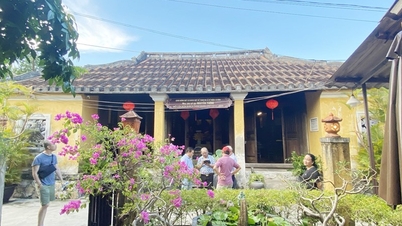
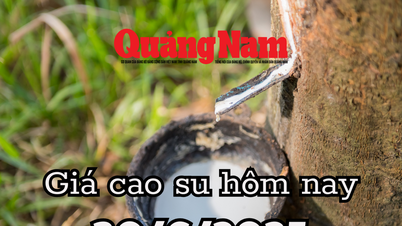
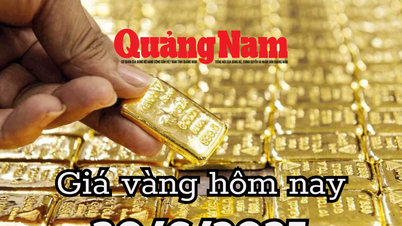







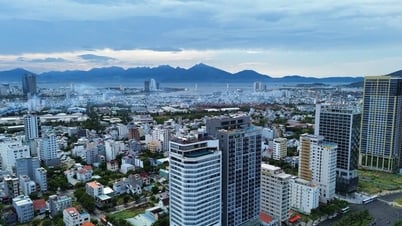
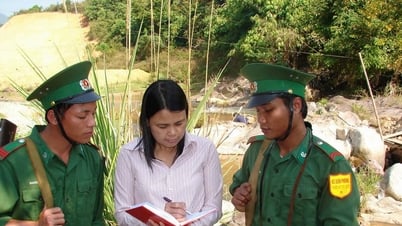
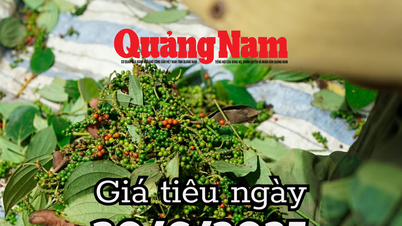

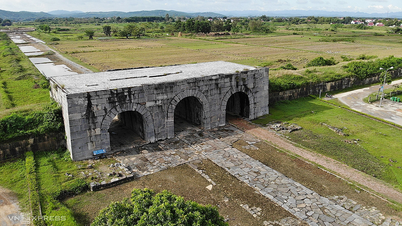





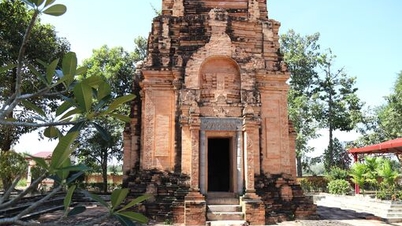

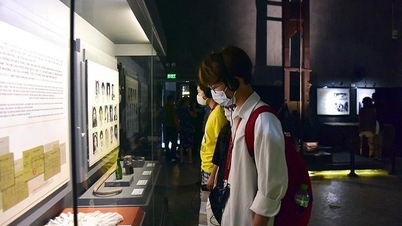
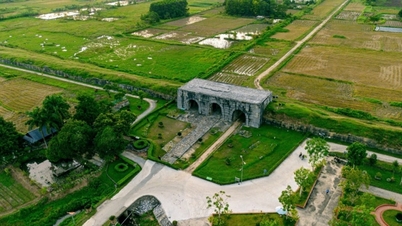



















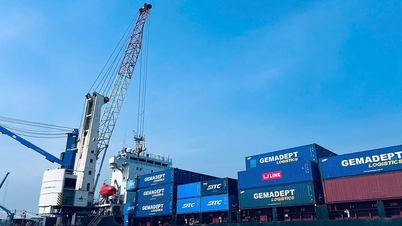

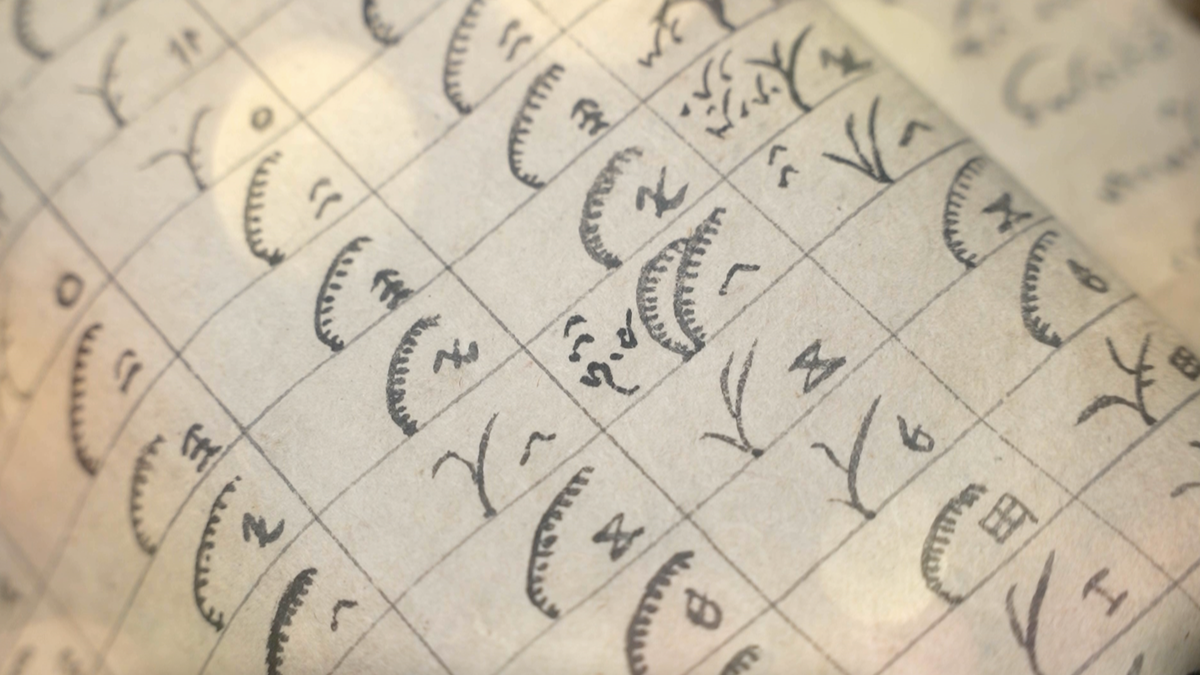





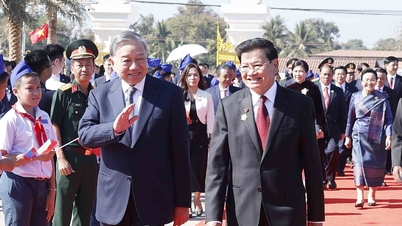




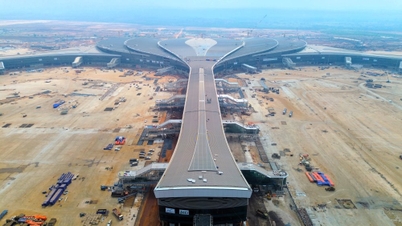



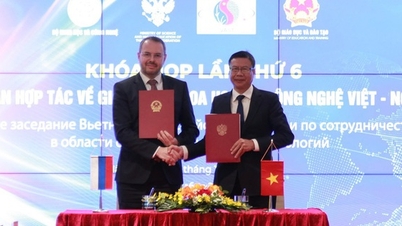
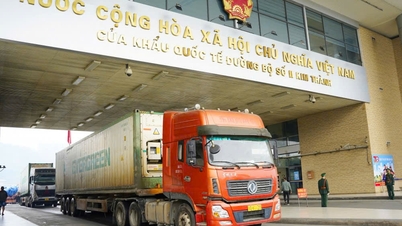



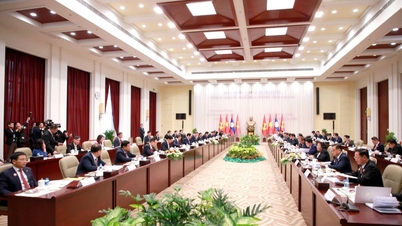


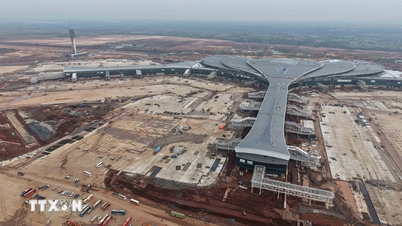

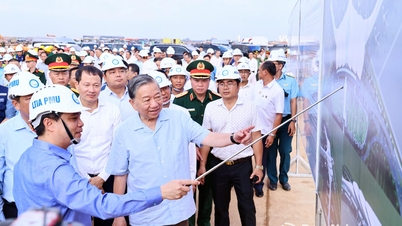


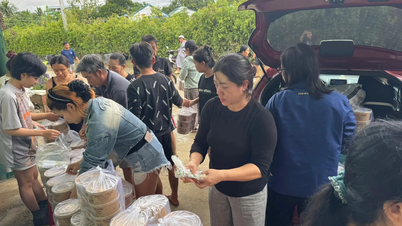
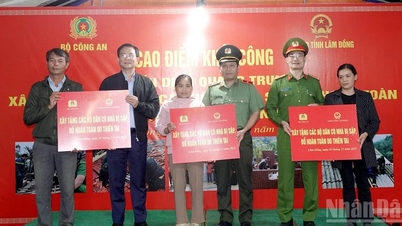
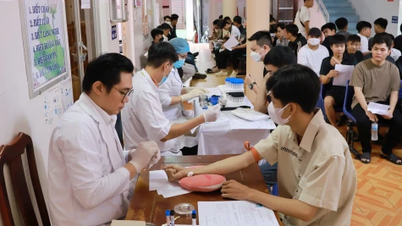








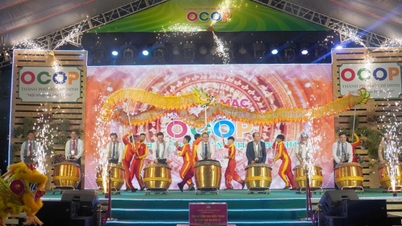



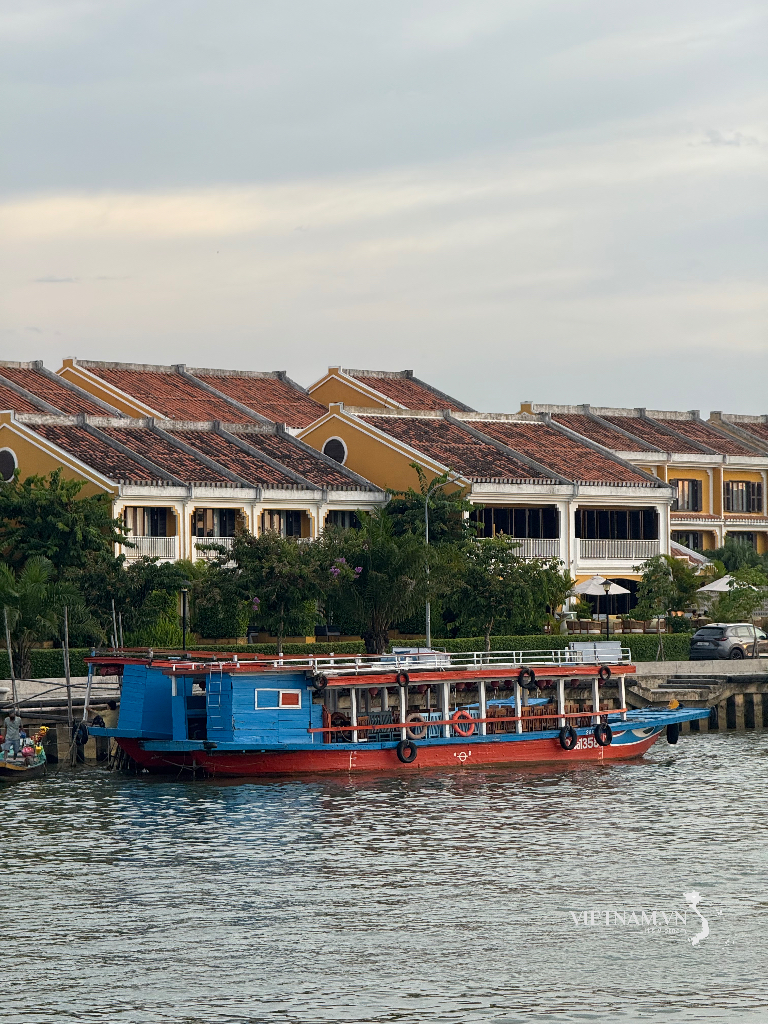

Comment (0)